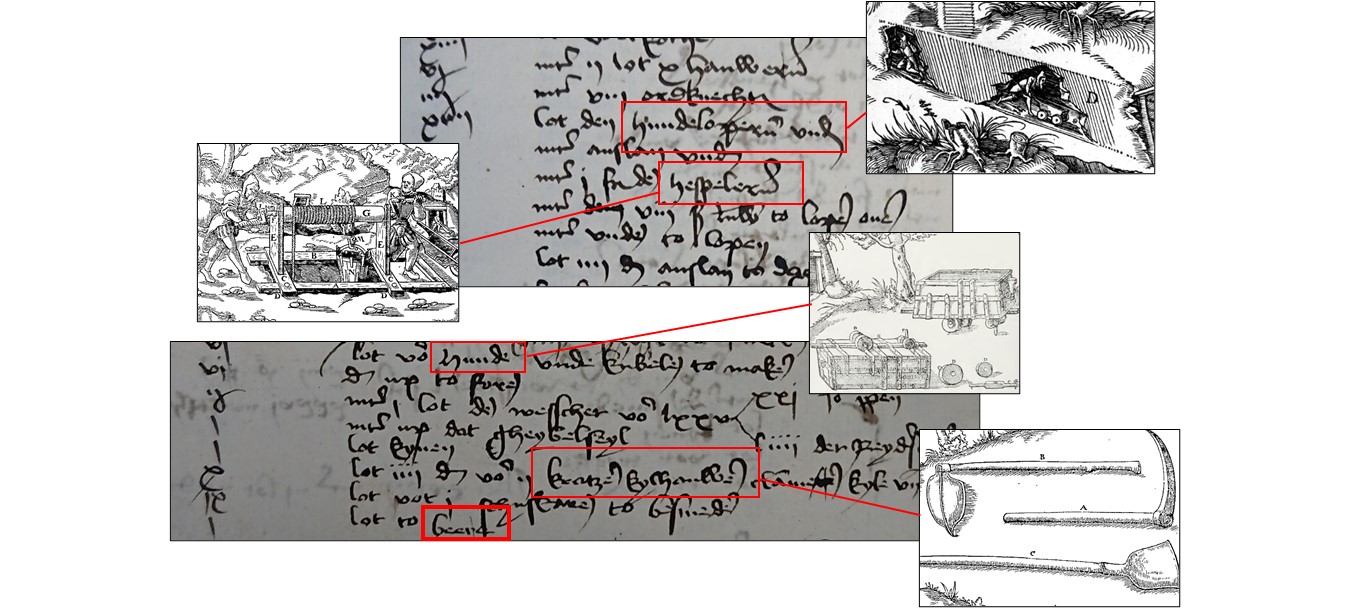Those who think that bookkeeping and administration are an invention of modern times are wrong, because correct bookkeeping was already essential for economic enterprises, such as mines, over 500 years ago. In contrast to documents that served as an evidence of title or ownership and were therefore carefully kept and thus handed down, medieval settlements are hardly to be found. When the ownership changed, they had sometime fulfilled their purpose. Fortunately, however, at the turn of the modern age, the municipal administrations could already be relied on.
In the municipal archive in Goslar, a large number of settlements from the early modern era concerning the Rammelsberg are kept in addition to an extensive correspondence. One of the earliest mine accounts, probably dating from 1506, is particularly striking. Here, the expenses of a mine are handed down week after week for a complete year in an extraordinary level of detail, which gives us a concrete insight into the mining operations.
The expenses for the weekly wages give information about the different activities and professions in the mining. Foremen, hammering labourers and servants were paid just as much as sluggers, barrow-runners and cart-runners, where a distinction was even made between their field of work above and below ground. In addition, there were further costs for winders, blacksmiths or miners who lit fires for fire-setting, as well as many other people.
Tools, such as scrapers or wedge hammers, had to be purchased as well as transport equipment, i.e. buckets, troughs or wheelbarrows, all of which Georgius Agricola had described in 1556 in his work De re metallica libri XII. Reeling ropes, horse-capstan ropes or chains caused further costs besides hunts, ladders, lamps and oil. However, a very special item can be found at the end of almost every weekly bill: the expenditure for beer.
